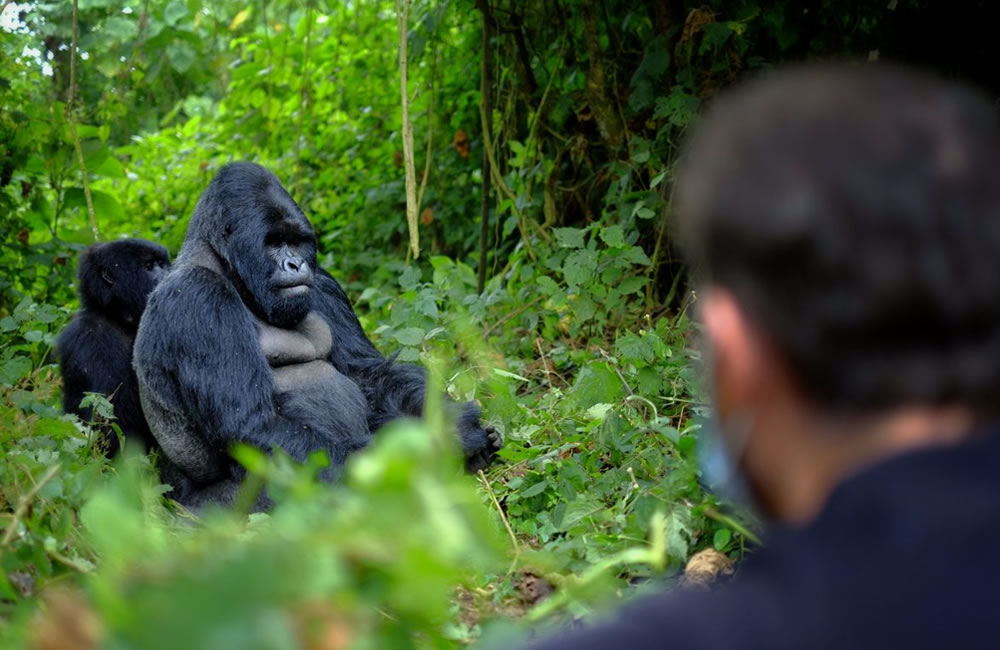This is a day for awareness, Education, conservation, And above all celebration of how important snakes are in our lives and ecosystems and that we must conserve them.
Snakes are classified into venomous and non-venomous. They are almost similar to lizards, turtles which are reptiles. They are scaly and cold-blooded meaning no constant body temperature. They always look for both shade and sun to cool or warm themselves.
WHERE DO SNAKES LIVE?
They live in different places or habitats.
Some snakes live on trees and others on the ground. There are some snake species that live underwater like the water snakes.
ARE SNAKES HARMFUL?
A lot of snakes are around the world but surprisingly a few are venomous and the biggest number of them are harmless to humans. There it is the few venomous ones that cause a lot of serious injuries to the human population.
FACTS ABOUT
-Detect smell through nostrils however they have special smell detectors called the Jacobin’s organs.
-They have ears though they don’t have outside openings like those of humans but they use them to detect vibrations when they lower the jaw on the ground.
-venomous snakes have fangs while non-venomous have teeth for example the pythons and House snakes.
A young venomous snake equally has the same venom as an adult one.
-some female snakes store sperm for some time so that they don’t need a mate to have babies.
-Gabon vipers have the longest fangs which are about 2 inches long. FOOD FOR SNAKEs
Eggs for example the egg eaters
Snails for snail eaters
Rodents etc
How to milk Venom from a snake – Mukasa Emmanuel Ceo Herp
VENOM POSED BY SNAKES
-Cytotoxic venom
-Haemotoxic venom
-Neurotoxic venom
SNAKEBITES
A lot of people are bitten by snakes every year. However, most times snakes bite because they feel threatened but also sometimes the bites are from snakes that are not venomous. Therefore every bite from a snake one should seek medical treatment.
HOW TO SURVIVE SNAKEBITES?
One must seek medical treatment as soon as possible and the right antivenom must be used in case the snake is identified or when the medical officer confirms it is a venomous snake.
NOTE:
Don’t seek help from a traditional healer
TYPES OF ANTIVENOMs.
Mono-valent treats bite from a specific snake for example a bite from Jamesoni mamba can be treated by an antivenom that contains a product from its venom.
POLYVALENT Antivenom this treats a bite from an assorted selection of snakes maybe from a particular region or area for example Gaboon Viper, Rhinoceros Viper, Forest Cobra etc.
AVOID BEING BITTEN
It is so safe and better for one not to get bitten by a snake because treatment tends to be expensive or even not available in a particular area. HERP FAUNA FOUNDATION, therefore, cautions you to take the following important while walking.
1. Don’t attack snakes. if you leave it you are safe if you attack it you are dead
2. Wear long jeans that cover your legs and put on long boots.
Don’t walk through long grass.
4. Don’t catch a snake unless trained to do so.
Never pick a dead snake with hands because some snakes play dead.
6. Report any snake cases to the concerned parties to avoid being bitten.
Clinical diagnosis
As we celebrate world snake day 16/July 2023, many people die of snakebites despite the covid 19 pandemic and our health workers have little clue about the treatment procedures. As Herp fauna foundation (u)Ltd we want to make all people aware of this neglected disease and how to handle a snakebite.
Snake bites are life-threatening injuries that can require intensive care same as the covid 19 patients. The diagnosis and treatment of venomous snake bites are sometimes difficult for clinicians because sufficient information has not been provided in clinical practice. Here we want medical Officers to present the proper management of snakebites of snakes that are found in Uganda and other East countries. There are no diagnostic markers or kits available for clinical practice; therefore, a definitive diagnosis of snake venom poisoning requires positive identification of the snake and observation of the clinical manifestations of envenomation.
Coupled with the above mass sensitization of masses and education must be carried out in order to save our people from snakebites and saving snakes from extinction

